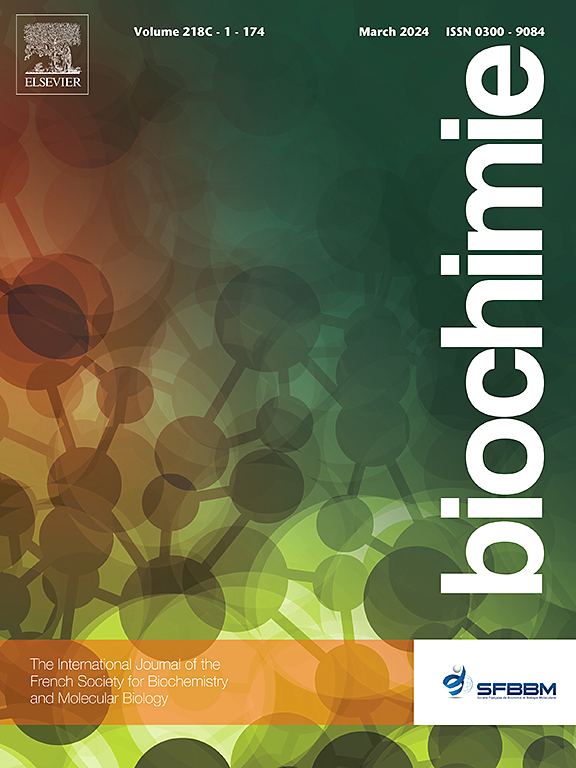一氧化氮启动氧化非依赖性细胞凋亡样死亡的白色念珠菌由lupeol。
IF 3
3区 生物学
Q2 BIOCHEMISTRY & MOLECULAR BIOLOGY
引用次数: 0
摘要
Lupeol是一种膳食三萜型植物化学类黄酮,通过评估反应物种的产生,研究了其在白色念珠菌中的作用模式。虽然检测到细胞内一氧化氮(NO)水平升高,但其他活性氧(ROS)和过氧亚硝酸盐(ONOO-)的水平可以忽略不计。在进一步的实验中,我们使用了主要的NO清除剂L-NAME来确定NO是否对所观察到的过程负责。当NO浓度增加时,DNA发生断裂和缩聚等损伤。此外,诱导G1期至S期细胞周期阻滞,随后线粒体功能障碍,包括线粒体质量变化和膜去极化。因此,典型的凋亡标志,如半胱天冬酶激活和磷脂酰丝氨酸暴露被监测。因此,本研究表明NO可以在没有高细胞毒性ROS的情况下单独施加致死损伤。综上所述,在NO影响下,lupeol在真菌细胞中引发DNA损伤、线粒体功能障碍、细胞周期阻滞和caspase激活等下游效应,以响应细胞凋亡样细胞死亡。本文章由计算机程序翻译,如有差异,请以英文原文为准。
Nitric oxide initiates oxidative independent apoptosis-like death in Candida albicans by lupeol
Lupeol, a dietary triterpene-type phytochemical flavonoid, was investigated for its mode of action in Candida albicans by assessing reactive species generation. While increased intracellular nitric oxide (NO) levels were detected, negligible levels were observed for other reactive oxygen species (ROS) and peroxynitrite(ONOO−). The major NO scavenger l-NAME was applied in further experiments to determine whether NO was responsible for the observed processes. DNA damage, including fragmentation and condensation, occurred when the NO concentration increased. Additionally, G1 to S phase cell cycle arrest was induced, followed by mitochondrial dysfunction, including mitochondria mass variation and membrane depolarization. Consequently, typical apoptotic hallmarks such as caspase activation and phosphatidyl serine exposure were monitored. Thus, this study demonstrates that NO can exclusively exert lethal damage without the contribution of highly cytotoxic ROS. In conclusion, lupeol triggers downstream effects in fungal cells following DNA damage, mitochondrial dysfunction, cell cycle arrest, and caspase activation in response to apoptosis-like cell death under NO influence.
求助全文
通过发布文献求助,成功后即可免费获取论文全文。
去求助
来源期刊

Biochimie
生物-生化与分子生物学
CiteScore
7.20
自引率
2.60%
发文量
219
审稿时长
40 days
期刊介绍:
Biochimie publishes original research articles, short communications, review articles, graphical reviews, mini-reviews, and hypotheses in the broad areas of biology, including biochemistry, enzymology, molecular and cell biology, metabolic regulation, genetics, immunology, microbiology, structural biology, genomics, proteomics, and molecular mechanisms of disease. Biochimie publishes exclusively in English.
Articles are subject to peer review, and must satisfy the requirements of originality, high scientific integrity and general interest to a broad range of readers. Submissions that are judged to be of sound scientific and technical quality but do not fully satisfy the requirements for publication in Biochimie may benefit from a transfer service to a more suitable journal within the same subject area.
 求助内容:
求助内容: 应助结果提醒方式:
应助结果提醒方式:


